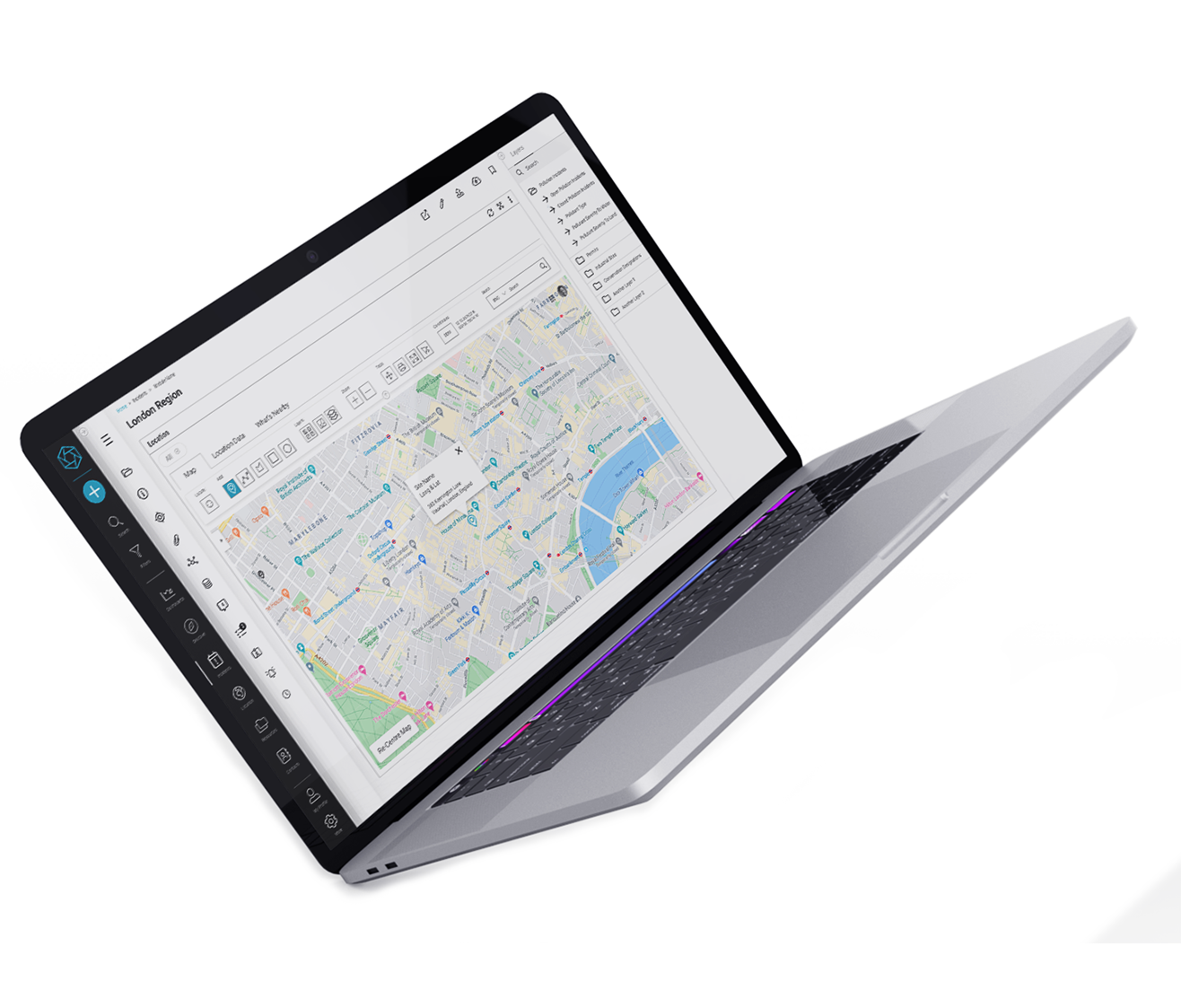There are a wide range or configurations to ensure the platform meets your organisation's location hierarchy. You have complete control over the setup of your structure, covering the full management of organisations, regions, areas, zones, sites/locations (with categorisation), site areas and checkpoints - you have all the tools need, here are a few examples:
Global
For a global organisation, the location hierarchy might start with the Global Headquarters, followed by Continental Regions (such as North America, Europe, Asia-Pacific), then Country Operations within those regions. Below this level, it could further branch into Regions or States within each country, leading down to City Operations.
The most specific level might include individual Sites or Offices within cities. This structure allows global oversight while accommodating local management, ensuring operational efficiency and compliance with both global standards and local regulations.
Country-specific
For an organisation operating within a single country, the location hierarchy might be structured from the National Headquarters, followed by Regional Offices (such as North, East, South, West), then down to Area Operations within each region.
The next level might include City/Town Branches within those states, and the most specific level could be individual locations or offices within those cities. This setup facilitates localised management while maintaining a coherent national strategy and operational standards.
Multi-building estate at a single location
For a multi-building estate located in the same area, the organisation's location hierarchy could be organised starting with the Estate Headquarters. Below this, there might be specific Buildings or Complexes within the estate, each designated by a name or number. Within each building, the hierarchy could break down further into Floors or Departments, and then into specific Offices or Units on each floor. This structured approach facilitates management, navigation, and allocation of resources within a complex, multi-use estate.
Complex multi-area location i.e. a shopping centre or stadium
The location hierarchy might start with distinct areas/zones or sections (e.g., North Wing, South Wing). Within each zone, there would be levels or floors (e.g., Ground Floor, First Floor), then specific stores or units on each level. Common areas like food courts, restrooms, and parking might also be included.
The hierarchy and setup of a stadium are generally organised around the Main Entrance or Gate, leading to different areas such as Stands or Sections (e.g., East Stand, West Stand). Within each section, there can be Levels or Tiers (e.g., Lower Tier, Upper Tier), which are further divided into Blocks or Rows. Seats within rows are individually numbered for easy identification. Additional facilities like VIP Boxes, Concession Stands, Restrooms, and Emergency Exits are also part of the stadium's layout to ensure functionality and safety.
Single building
In a single building, the organisation's location hierarchy could start with the Main Entrance or Lobby at the ground level. This might be followed by specific Floors, designated either numerically or by purpose (e.g., Administration, Operations, Sales). Within each floor, there can be Departments or Sections, such as Marketing or Finance, and within these, individual Offices or Workspaces. Meeting Rooms, Cafeterias, and other Common Areas might also be specified within this hierarchy to facilitate easy navigation and resource allocation within the building.
Iconic & tall buildings
Real estate portfolios
Venues & events
Studios & entertainment
Retail stores & supply chain
Critical national infrastructure
Security & FM service providers
Emergency responders







 +44 (0)1604 598989
+44 (0)1604 598989